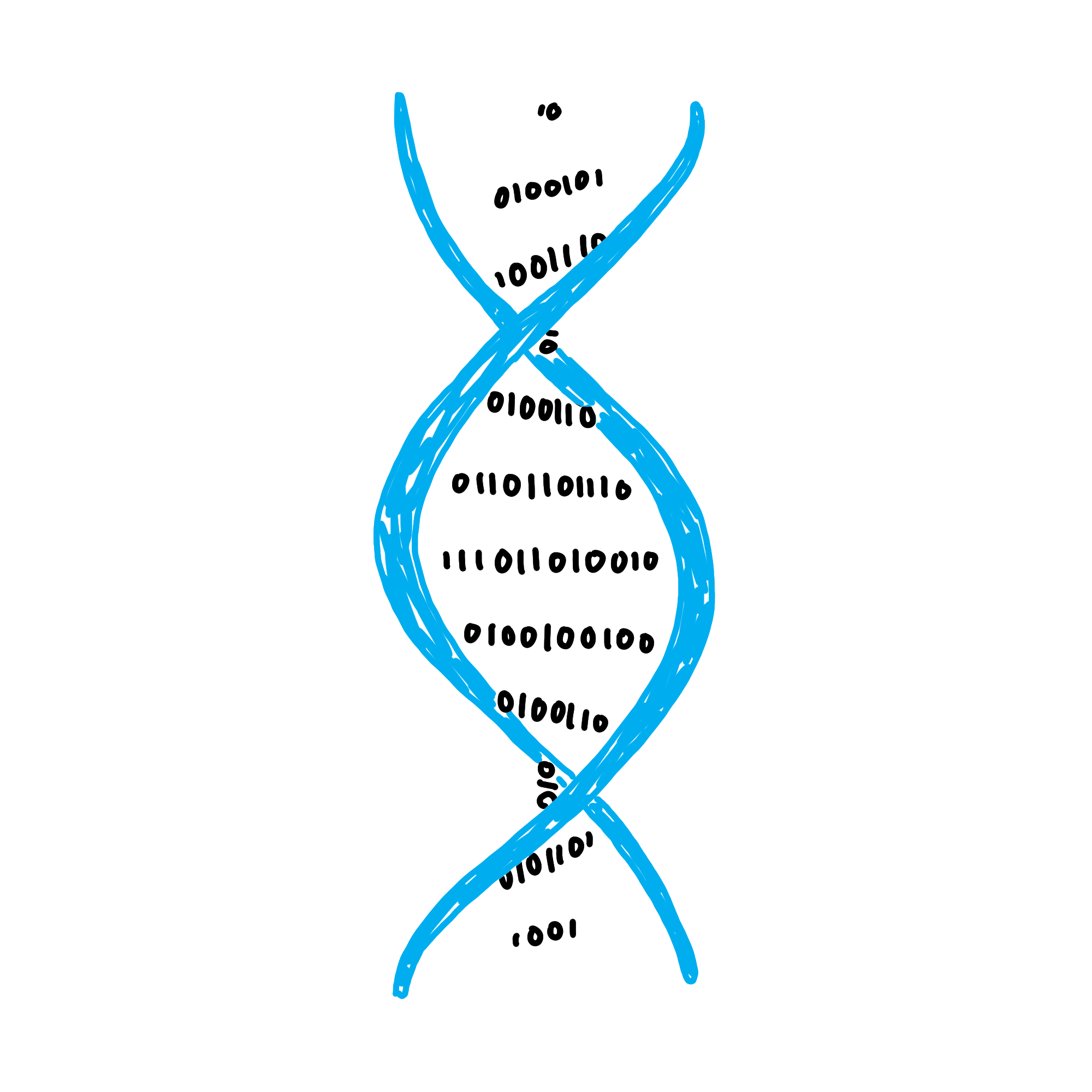top of page
FIGHTING DISEASE
CRISPR technology may provide a promising solution to tackling genetic diseases. Although still being a developing therapy, CRISPR theoretically allows us to accurately edit any genetic mutation that causes disease. The following diseases are the top candidates of those to be cured by CRISPR.
1. HIV
In 2015, scientists successfully used CRISPR to cut the HIV virus out of living cells from patients in the lab, proving that it was possible. The next year, another project was done using mice who carried HIV in most, if not all their body cells. After an injection of CRISPR into the rat tails, 48% of the virus has been removed, once again demonstrating the effectiveness of CRISPR. Similar retroviruses such as herpes could also be treated using this method. "Another approach uses CRISPR-Cas9 to halt the spread of HIV infection. Rather than altering immune cells, this approach prevents incorporation of the HIV viral genome into the human host genome. This genomic incorporation is a key step in the progress of HIV infection and the spread of the virus will be halted if this incorporation is reversed."
[F2]
[F4]
[F5]

[F15]
2. Cancer
Cancer is the 2nd leading cause of death in the US, following heart disease. What makes cancer so deadly is uncontrollable and rapid cell growth. If left untreated, the growth of abnormal cells can be overwhelming and ultimately lead to death. Cancer is often hard to detect and can be left undetected by the immune system until its too late. CRISPR comes into play by providing the means to edit our immune cells, making them better at detecting cancer cells. Last year, Chinese scientists conducted a experiment where CRISPR was used to treat patients with esophageal cancer. The first step in that process was taking a blood sample from each patient. From that sample, a biotech company would extract T cells, a type of lymphocyte that plays a big role in the immune cells. They are responsible for finding and destroying infected or cancerous cells. CRISPR is used to remove a gene in T cells, called PD-1, which essentially tells the T cell not to attack. "This engineering feat modifies the T cells so that they zero in on and attack the cancer cells, once they're infused back into each patient."
[F6]
[F16]
[F17]

[F10]

[F16]
3. Malaria, Zika, and Mosquitos
Malaria is a blood disease derived from and spread by mosquitos. The parasite that causes malaria is not the mosquito itself, but a parasite that completely relies on the mosquito as a host. "Once an infected mosquito bites a human, the parasites multiply in the host's liver before infecting and destroying red blood cells." Zika virus is a disease that causes terrible birth defects in pregnant women such as microcephaly, a condition that causes a smaller brain. In the US, medical advancement has virtually eliminated malaria altogether. However, the disease continues to ravage in areas such as sub-Saharan Africa and South America. CRISPR can provide the solution by helping to engineer a whole new animal population. The way to combat this isn't by getting rid of the current mosquitos, but by creating new ones that are immune to the malaria-causing parasite, plasmodia. CRISPR is used to enter the genome and add an antibody gene that specifically targets plasmodia. By releasing these newly modified mosquitos into the wild, the added gene should carry across the gene pool as the mosquitos rapidly reproduce.
[F7]

[F12]

[F8]
4. Hungtington's Disease
"Huntington's disease is a progressive brain disorder caused by a defective gene. This disease causes changes in the central area of the brain, which affect movement, mood and thinking skills." The gene responsible for the disease produces a protein called huntingtin. The symptoms of this disease are manageable with certain medications, but there is not a known treatment to prevent or cure Huntingtons after diagnosis. CRISPR has been shown to "reliably eliminate the gene that encodes mutant huntingtin, thereby halting the production of the toxic protein and its accumulation into clumps in experimental models."
[F3]
[F14]
[F18]

[F13]
5. Cystic Fibrosis
Cystic fibrosis is a genetic disorder that mainly affects the lungs, but also other organs. "In people with cystic fibrosis, a defective gene causes the secretions to become sticky and thick. Instead of acting as a lubricant, the secretions plug up tubes, ducts and passageways, especially in the lungs and pancreas." Improved technology and healthcare have increased the life expectancy of people living with cystic fibrosis

[F9]
[F19]
[F14]
bottom of page
